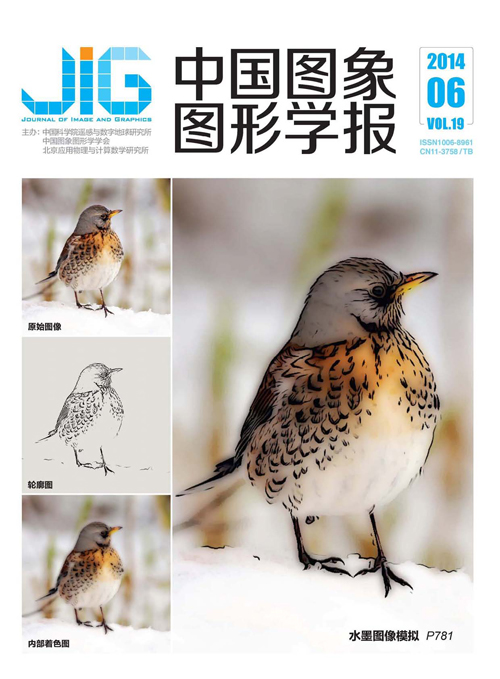
描述定性方向关系的复合表达模型
摘 要
目的 由于锥形模型和方向关系矩阵模型没有很好地顾及目标的形状、大小和距离等对方向关系的影响,导致方向关系判断在许多情况下出现错误。鉴于此,通过锥形模型与方向关系矩阵模型的相互结合,提出一种复合表达模型,以克服二者的不足,从而更好地描述两目标之间的定性方向关系。方法 首先,利用锥形模型的锥形方向区域和方向关系矩阵模型中对应的矩形方向区域之间的几何运算,对各方向区域重新进行划分,构造出复合表达模型;然后,通过计算源目标与复合表达模型各方向区域之间的交,得到源目标相对于参考目标的定性方向关系,并将结果以矩阵的形式进行保存。结果 实验结果表明,复合表达模型有效地避免了锥形模型与方向关系矩阵模型存在的缺陷。结论 该模型能够对两目标之间的定性方向关系进行准确地描述,可以为空间推理与空间查询提供较好的支持。
关键词
Compound model for describing qualitative direction relations
Wang Zhonghui1, Yang Yanchun2(1.Faculty of Geomatics, Lanzhou Jiaotong University, Lanzhou 730070, China;2.School of Electronic and Information Engineering, Lanzhou Jiaotong University, Lanzhou 730070, China) Abstract
Objective In many cases, the cone-based model and the direction-relation matrix model may make mistakes in determining the direction relations between two objects, owing to not properly taking into account the impacts of factors on the direction relations between two objects, such as the shape and size of the objects, as well as the distance between them. For this reason, a compound model is proposed by combining the cone-based model and the direction-relation matrix model to overcome the deficiencies of both to describe well the qualitative direction relations between two objects. Method The basic idea is: first, redividing all direction regions by means of the geometric operations between the cone-shaped direction regions of the cone-based model and the corresponding rectangular direction regions of the direction-relation matrix model to construct the compound model;then, getting the qualitative direction relations from the reference object to the target object by computing the intersection of the target object and each direction region of the compound model and using the matrix to store the results. Result The experiments show that the compound model avoids effectively the defects existing in the cone-based model and the direction-relation matrix model. Conclusion Additionally, the compound model can accurately describe the qualitative direction relations between two objects and provide supports for spatial reasoning and spatial queries the defects existing in the cone-based model and the direction-relation matrix model.
Keywords
|



 中国图象图形学报 │ 京ICP备05080539号-4 │ 本系统由
中国图象图形学报 │ 京ICP备05080539号-4 │ 本系统由